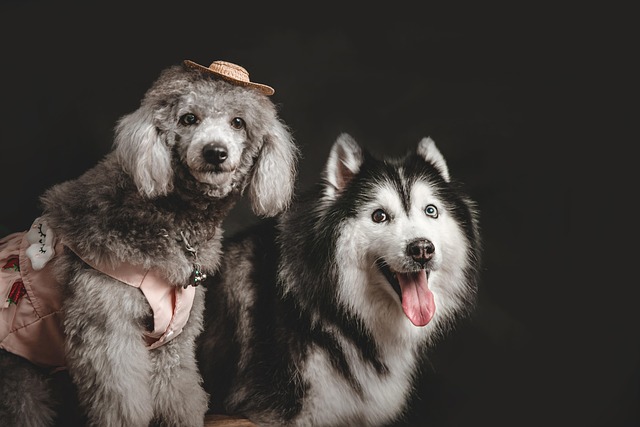
How do i train my dog to be obedient?
Watching your dog dart across the park ignoring your calls isn’t just frustrating—it can put them at risk near busy streets or public spaces.
Puppies have tiny bladders, and when you live in an apartment with no yard or during harsh winters that make outdoor trips tricky, indoor potty training becomes a necessity. Start by picking a spot that’s easy to clean—maybe a corner of the bathroom or laundry room. Line it with absorbent pads or a synthetic grass mat; dogs are creatures of habit, so keeping this area consistent helps them learn fast.
Watch for signs your puppy needs to go: pacing, sniffing the floor, or circling. These cues usually pop up 15 to 30 minutes after eating, napping, or playing. When you see them, gently pick up your pup and carry them to the designated spot. Stay there quietly until they go—praising them with a high-pitched “good boy!” and a tiny treat right after. Consistency here is key; puppies thrive on routine.
 Set a schedule that aligns with their needs. Take them to their indoor spot first thing in the morning, right after meals, before bed, and every couple of hours in between. Younger pups can’t hold it long, so sticking to this routine reduces accidents. If they do have an accident, resist scolding—yelling or rubbing their nose in it just confuses them. Instead, clean the area thoroughly with an enzymatic cleaner to eliminate odors; leftover smells might encourage repeat mistakes.
Set a schedule that aligns with their needs. Take them to their indoor spot first thing in the morning, right after meals, before bed, and every couple of hours in between. Younger pups can’t hold it long, so sticking to this routine reduces accidents. If they do have an accident, resist scolding—yelling or rubbing their nose in it just confuses them. Instead, clean the area thoroughly with an enzymatic cleaner to eliminate odors; leftover smells might encourage repeat mistakes.
Consider the legal side, too. Some cities have regulations about indoor pet waste disposal, especially in multi-unit buildings. Check local laws to ensure you’re disposing of pads or waste properly to avoid fines. Also, if you rent, your lease might have specific rules about indoor pet areas—always review that first.
As your puppy grows, gradually extend the time between potty breaks to build their bladder control. You can also start transitioning them to outdoor trips if that’s part of your plan, but a solid indoor routine will make that switch smoother. Remember, patience is everything. Most puppies master indoor training within a few weeks, but some take longer—celebrate small wins and stay consistent.
With the right setup, schedule, and positive reinforcement, indoor potty training can be a stress-free process for both you and your pup. It’s all about creating a routine they can rely on and guiding them gently toward success.

Watching your dog dart across the park ignoring your calls isn’t just frustrating—it can put them at risk near busy streets or public spaces.

New puppy owners often find themselves rushing to clean up accidents before they set in, and that’s where puppy pad training becomes a game-changer.

If you've noticed your dog's waistline disappearing and your veterinarian has mentioned those few extra pounds, your first instinct might be to simply reduce the amount of food in their bowl.

Training a dog to use a designated spot indoors isn’t as daunting as many new owners fear, but it does take consistency and an understanding of your pet’s needs.

That moment of dread on a walk is all too familiar for many new dog owners. You see another dog approaching down the sidewalk of your neighborhood

If the sight of another dog on your neighborhood walk makes your heart sink as your own dog erupts into a frenzy of barking and lunging, you're not alone.